Corporate reliability teams exist for a reason, but they can often be set up to fail. Here are three things you can do to ensure yours delivers the value you need.
Too often there’s a tension that exists between the corporate reliability function and reliability teams on-site. Those from corporate are seen as a hindrance rather than a help, and they may find themselves with little control or influence over what actually happens on-site.
Just like reliability and maintenance teams, corporate and site-based reliability functions are better when working together. Here are three things you can do to make that alignment work and increase the value delivered by your corporate reliability function.
1. Facilitate knowledge sharing through corporate reliability
The key benefit and purpose of a corporate reliability function is to ensure sites have everything they need to be effective and that includes knowledge.
Consider a large global organization with multiple sites. Each site will have a wealth of valuable information about their assets, including best practices or solutions to previous faults. However, in most cases, there’s no effective way of sharing that information across sites. What that means is that an organization may have dozens of the same asset type across sites and have a separate maintenance strategy for each. Similarly, an asset may fail at one site and trigger Root Cause Analysis, but none of the learnings are shared across sites.
Rather than leave all of this value on the table, the corporate reliability function should facilitate the exchange of site-based knowledge and that leads to our second point.
2. Establish shared systems and processes at a corporate level
When it comes to sharing information, emails and spreadsheets are often overused and ineffective. Alignment across sites and functions is better achieved through shared systems and processes.
Cordant™ Asset Strategy® provides a solution for both. It is a centralized, connected, Asset Strategy Management system that enables organizations to efficiently develop, deploy and sustain effective strategies to all assets.
In addition, information can be leveraged enterprise-wide to standardize and optimize asset strategies while catering for different operational or environmental conditions.
There are several benefits to this approach, including:
- Reduced reactive maintenance and increased plant availability by ensuring your best strategies are applied to all assets across all sites
- Reduced maintenance costs through a reduction of reactive maintenance
- Time and resources saved by being able to share your strategies across sites rather than endlessly repeating
3. Be clear about team structure and accountabilities
Many times, site-based employees are promoted into corporate positions without a clear definition of their role. In some cases, they may be responsible for defining the role themselves.
It is important to decide right away which accountabilities sit at a site-level and which fall to the corporate function. Establishing a process for Asset Strategy Management can help in defining roles and responsibilities, and is something that should be done with buy-in from sites.
Finally, it is important to ensure those working in corporate reliability functions have the skills and resources needed to foster continued alignment with sites. Many come into these roles with technical reliability skills, but may need additional training on how to consult with or influence sites.
By investing time and effort into all of these areas, your corporate reliability function will not only start adding more value, but will become a more trusted partner to sites.


